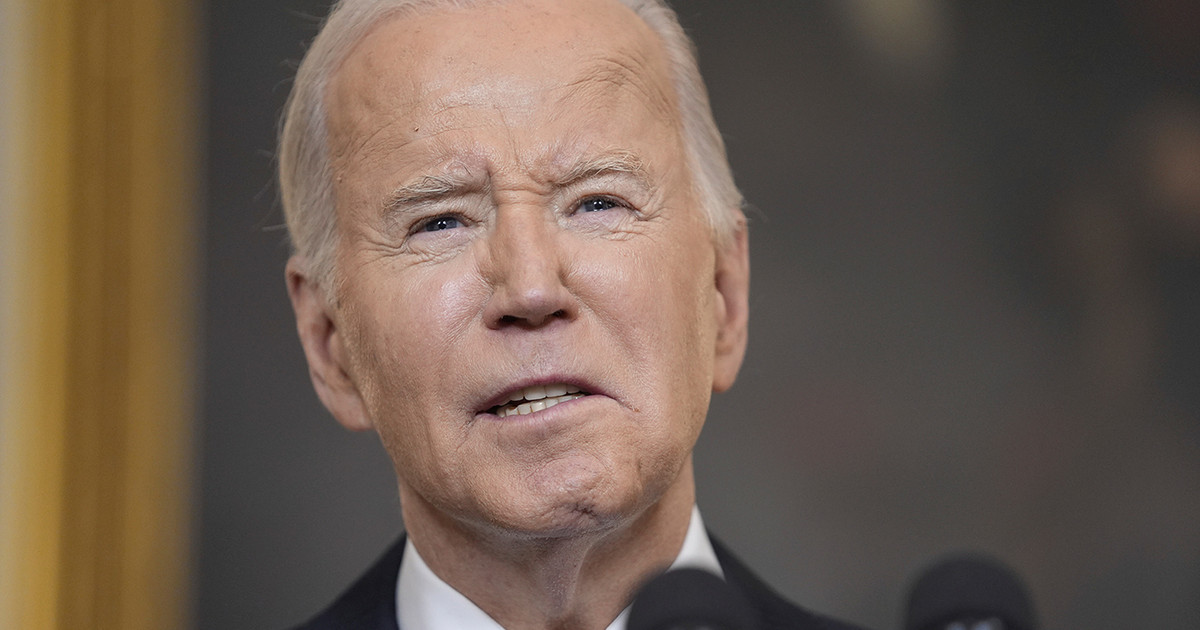Even criticized for the lack of climate ambition, the Brazilian government committed itself, in the COP26, with targets to reduce the emission of greenhouse gases. The country intends to cut it by 50% by 2030 and neutralize it by 2050 – a calculation that is still unclear and does not surpass what had been signed in the Paris Agreement. With an eye on market demands, a portion of Brazilian companies is trying to demonstrate that they are seeking a transition to a low-carbon economy.
It is unanimously agreed that Brazil’s biggest problem with emissions is deforestation. According to the Brazilian Business Council for Sustainable Development (CEBDS), 44% of national emissions are caused by the problem, and 90% of deforestation in the country is illegal.
A document from the Climate Observatory informs that, last year, deforestation in the Amazon reached 10,851 km², the highest rate in 12 years. The average, in 2019 and 2020, was 10,490 km² deforested per year, a figure 62% higher than the annual average of 6,494 km² recorded in the previous decade.
“Illegal deforestation does not bring any benefit to society, does not create skilled jobs, does not strengthen the responsible forest sector and even increases the impact of greenhouse gases on the atmosphere, instead of feeding an industry capable of absorbing CO2 [gás carbônico]. It benefits few responsible for criminal actions and leaves the damage to the massive majority of Brazilians”, analyzes Marina Grossi, president of CEBDS.
The organization brings together around 80 companies that represent 50% of the GDP (Brazilian Gross Domestic Product) and argues that the Brazilian market is already developing actions to reduce deforestation, in addition to working to influence policies in this regard.
Last Sunday (8), during COP26, the “Positioning of the Corporate Sector in the Amazon” was launched, a document that points out actions such as traceability of production chains, transparency, an end to illegal deforestation and the use of technologies.
Another demonstration of this effort was the delivery of another document to Brazilian ministers and to the president of COP26, Alok Sharma. The “Entrepreneurs Positioning for the Climate” brings together the signature of 115 companies and 14 sector entities that defend measures for a low-carbon economy and assume responsibilities in this transformation.
These companies have been taking steps to reduce and offset greenhouse gas emissions, internally price carbon, decarbonise operations and value chains, and set climate neutrality targets by 2050.
Executive Manager for Environment and Sustainability at the National Confederation of Industries (CNI), Davi Bomtempo explains that this adaptation process has been internalized in companies for some years. Not only by cutting emissions, but also considering costs and saving resources in the production system.
On Tuesday (9), CNI presented at the COP an energy transition strategy based on four pillars: efficiency, with the expansion of renewable energies, such as biofuels, biomass and offshore wind; carbon, with the carbon market regulation; circular economy, with proper waste management, reuse, recycling and more durable goods; and forest conservation, with bioeconomy initiatives, payment for environmental services and the ratification of the Nagoya Protocol – an agreement that establishes international rules for the sharing of benefits from the economic use of genetic resources from biodiversity.
“We came to show some cases of companies, as they are contributing to the reduction of emissions, in order to also be more competitive, considering the entire international context. Also considering the consumer profile, which has been changing year after year. Today, the consumer wants to know how the product or service is produced, how much emission it generated, how much energy was used, whether there is adequate management of water resources, waste, to make the purchase decision”, explains Bomtempo.
Bottlenecks for the Energy Transition
“The company’s contribution depends on the sector it is in, whether it is energy-intensive or connected to agro-forestry”, says Gustavo Pimentel, director of the SITAWI social investment platform.
In agribusiness, compliance with the Forest Code is essential, especially the recovery of deforested areas, without postponing deadlines for the Rural Environmental Registry (CAR) and submission of environmental recovery plans.
“Agricultural companies or those that buy from the sector end up not demanding that suppliers carry out these recoveries because the law is not mandatory. We need them to anticipate and start demanding before the legal deadlines or a more incisive government action”, he assesses.
Due to the specificities of each sector, for CEBDS, it is necessary to analyze each case to identify which processes must be transformed. The member companies, according to the entity, are pursuing the objective through carbon pricing and the decarbonization of operations.
Ambev, for example, closed an agreement for the purchase of a thousand electric trucks and vans. The company estimates that this will result in a 25% reduction in CO2 emissions in the production chain in five years.
CNI highlights three issues to be worked on to overcome the difficulties of the energy transition. The first is financing. “Today, Brazil allocates little resources to climate change initiatives. We know that there is an international capital flow in the order of US$ 500 billion per year, and only 4.5% goes to Latin America and the Caribbean. So we need to overcome some barriers”, analyzes Bomtempo.
Two other issues are bringing the productive sector closer to academia, in order to generate innovation, and formulating environmental public policies that go beyond command and control.
“There is another part that is a turning point, which is the issue of economic incentives that need to be increasingly used in Brazilian public policies. Incentive to use recyclable material, for example. Today it is much more expensive to use this raw material in the processes”.
Carbon market is crucial for the sector
This portion of the private sector believes that, for Brazil, a rapid transition to a low-carbon economy is possible – and desired. With the end of deforestation, the country would be able to meet 80% of the target, placing itself ahead of others.
For this to be possible, CEBDS and CNI believe that it is essential to regulate Article 6 of the Paris Agreement, which defines the global carbon market, and to implement a Brazilian carbon market. For companies, the theme is one of the most important of this COP and essential to contain global warming.
Discussed since 2015, the regulation could generate trade of $167 billion a year in 2030 and $347 billion a year in 2050, according to the International Emissions Trading Association. Brazil is one of the countries with the greatest potential for selling credit and could generate net revenues of up to US$72 billion by 2030, according to the Environmental Defense Fund.
The creation of a Brazilian carbon market will guarantee the trajectory of a green economy in the country and its international competitiveness. According to Pimentel, a climate policy in this sense would make it easier to invest in low-carbon agriculture, energy efficiency and renewable energy initiatives.
Transparency of company data
For these entrepreneurs, keeping the forest standing by selling carbon credits is what will finance sustainable development, generating jobs and income. “A green and regenerative economy contributes to combating climate change and brings benefits for everyone: for Brazilians, for businesses, for the country, for the planet,” says Grossi.
Claudia Yoshinaga, professor of finance at FGV-EAESP, believes that companies that have relations with European markets and, now, with the United States are more likely to show sustainability actions due to the engagement of these countries in this agenda, as a way to maintain relations commercials.
But she is skeptical, as do other ESG experts. The acronym, which in English means environmental, social and governance, deals with the company’s processes, and comes from the debates on corporate responsibility.
ESG creates ratings and rankings, through agencies, to guide investors on risk. Fabio Alperowitch, director of Fama Investimentos, specialized in ESG, believes that Brazilians need to stop believing they are the solution, as they still represent a large part of the problem.
“When we talk about companies and investors, the commitments are very low. There are very few managers who commit. Although Brazilians have this perception that we have 40% of the world’s tropical forests, with the greatest biodiversity, with an adequate energy matrix, they do not feel responsible (for climate change) and do nothing. So we are very late. It’s shameful”, he criticizes.
Although the acronym is in fashion, Yoshinaga understands that a better understanding of initiatives aligned with the ESG is lacking. Another concern is about the transparency of these actions, which are voluntary.
In the end, each company shows what interests them and makes a selection of the best things. Corporations are expected to have positive actions. The problem is to give them too much visibility while there are problems behind them.
“It’s easy to fall into speech, to deceive those who don’t understand, which is a lot of people. It’s really cool to say that everyone is doing it, but we have to be a little cautious [sobre o que é divulgado]”, says the teacher.
Reference: CNN Brasil
I’m James Harper, a highly experienced and accomplished news writer for World Stock Market. I have been writing in the Politics section of the website for over five years, providing readers with up-to-date and insightful information about current events in politics. My work is widely read and respected by many industry professionals as well as laymen.






